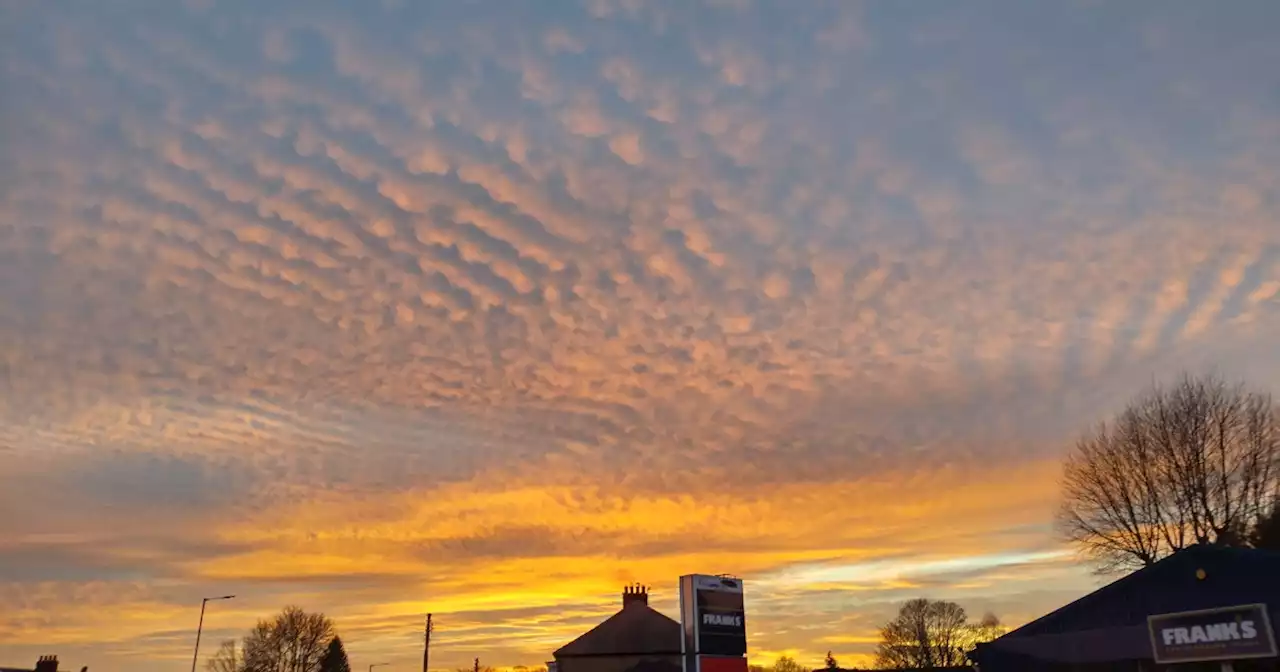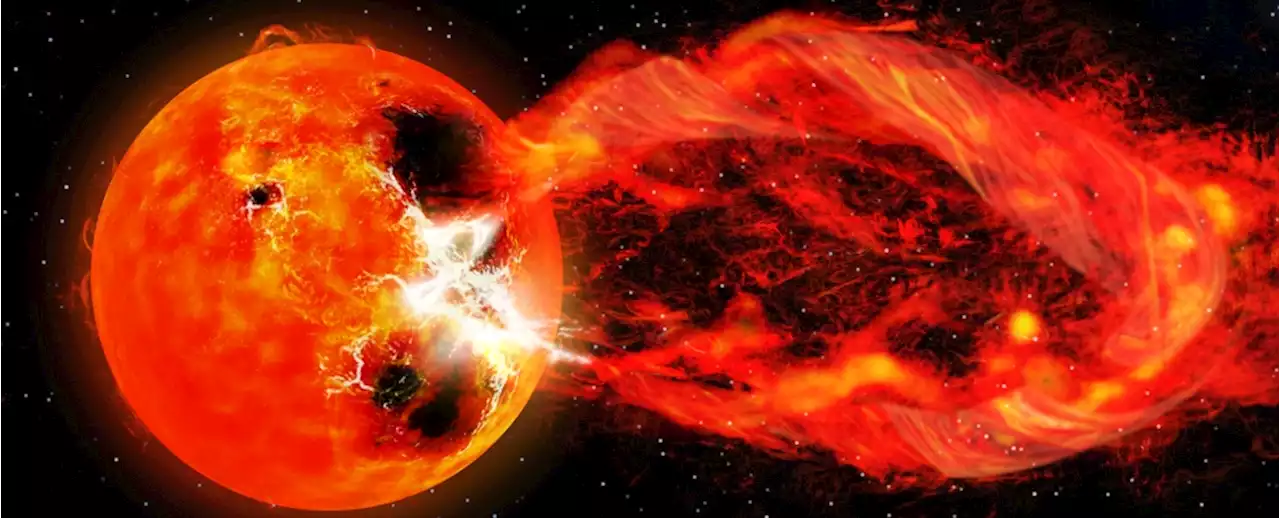These six moons—two orbiting Saturn, three orbiting Jupiter and one by Neptune—are most likely to host life in our Solar System. Learn more about what makes these icy worlds potentially habitable:
In 2005 the Cassini spacecraft visiting Saturn flew through something engineers didn’t expect—a fine water mist, spraying into space at 1,290 kilometers per hour through cracks in the surface of Saturn’s tiny, ice-covered moon Enceladus. Cassini wasn’t designed to sample the water, but the discovery inspired scientists to develop new missions to the outer solar system’s icy moons.
“The outer solar system is probably replete with moons that could have liquid water oceans on them, and a subset could have geothermal and water-rock interactions on the bottom,” says Chris German, an oceanographer at the Woods Hole Oceanographic Institution, who is co-leading a NASA-funded initiative called Network for Ocean Worlds . Why do those characteristics matter? “Everywhere that has those on our planet gets colonized by microbial life,” German says.
NOW is led by scientists at Woods Hole, the Southwest Research Institute, the Desert Research Institute and Stanford University. It will host its first joint retreat in August, aiming to bring together astrobiologists and oceanographers in the search for biological beings. Co-leader Alison Murray, a microbial ecologist at the Desert Research Institute, first considered life on alien moons while studying a frozen hypersaline Antarctic lake called Lake Vida.
Callisto is the least dense of Jupiter’s moons. It has the good fortune of orbiting 1.8 million kilometers from the planet, beyond Jupiter’s intense radiation belts. Because Jupiter’s gravitational field is weaker at this distance, Callisto also experiences less tidal friction than its companion moons. The moon’s heavily cratered surface suggests it has not been geologically active since its formation, so it might preserve a record of the primordial solar system.
United States Latest News, United States Headlines
Similar News:You can also read news stories similar to this one that we have collected from other news sources.
 Moonquakes could 'smooth out' the surfaces of Jupiter and Saturn's icy moonsTectonic activity triggered by the gravitational influence of the gas giants causes landslides of icy debris.
Moonquakes could 'smooth out' the surfaces of Jupiter and Saturn's icy moonsTectonic activity triggered by the gravitational influence of the gas giants causes landslides of icy debris.
Read more »
 New Understandings of Witch Trials, Synthetic Morphology and the Moons of JupiterPhysicists attempt to weigh a vacuum and resolve the “worst theoretical prediction in the history of physics”
New Understandings of Witch Trials, Synthetic Morphology and the Moons of JupiterPhysicists attempt to weigh a vacuum and resolve the “worst theoretical prediction in the history of physics”
Read more »
 Check out NASA's sky-watching tips for May | Digital TrendsNASA’s sky-watching update for May features some wonderful views of Saturn, Jupiter, Venus, and Mars, as well as of our lunar neighbor.
Check out NASA's sky-watching tips for May | Digital TrendsNASA’s sky-watching update for May features some wonderful views of Saturn, Jupiter, Venus, and Mars, as well as of our lunar neighbor.
Read more »
 Don’t Miss: “Peak Venus” and Jupiter OccultationWhat are some skywatching highlights in May 2023? Venus reaches its highest point in the evening sky for the year, while Jupiter disappears behind the Moon for some U.S. observers. Plus, some key differences in the Southern Hemisphere's skies compared to those of the North. https://youtu.be/Kn
Don’t Miss: “Peak Venus” and Jupiter OccultationWhat are some skywatching highlights in May 2023? Venus reaches its highest point in the evening sky for the year, while Jupiter disappears behind the Moon for some U.S. observers. Plus, some key differences in the Southern Hemisphere's skies compared to those of the North. https://youtu.be/Kn
Read more »
 Gigantic Superflare From Distant Star Is One of The Most Massive Ever SeenOkay, so we all know that the Sun is heading into solar maximum.
Gigantic Superflare From Distant Star Is One of The Most Massive Ever SeenOkay, so we all know that the Sun is heading into solar maximum.
Read more »
 Flipping switch on solar panels proves to be a challenge for Marshall Fire survivorsMarshall Fire victims are coming across issues with Xcel Energy as they try to install solar panels during the rebuilding process.
Flipping switch on solar panels proves to be a challenge for Marshall Fire survivorsMarshall Fire victims are coming across issues with Xcel Energy as they try to install solar panels during the rebuilding process.
Read more »
